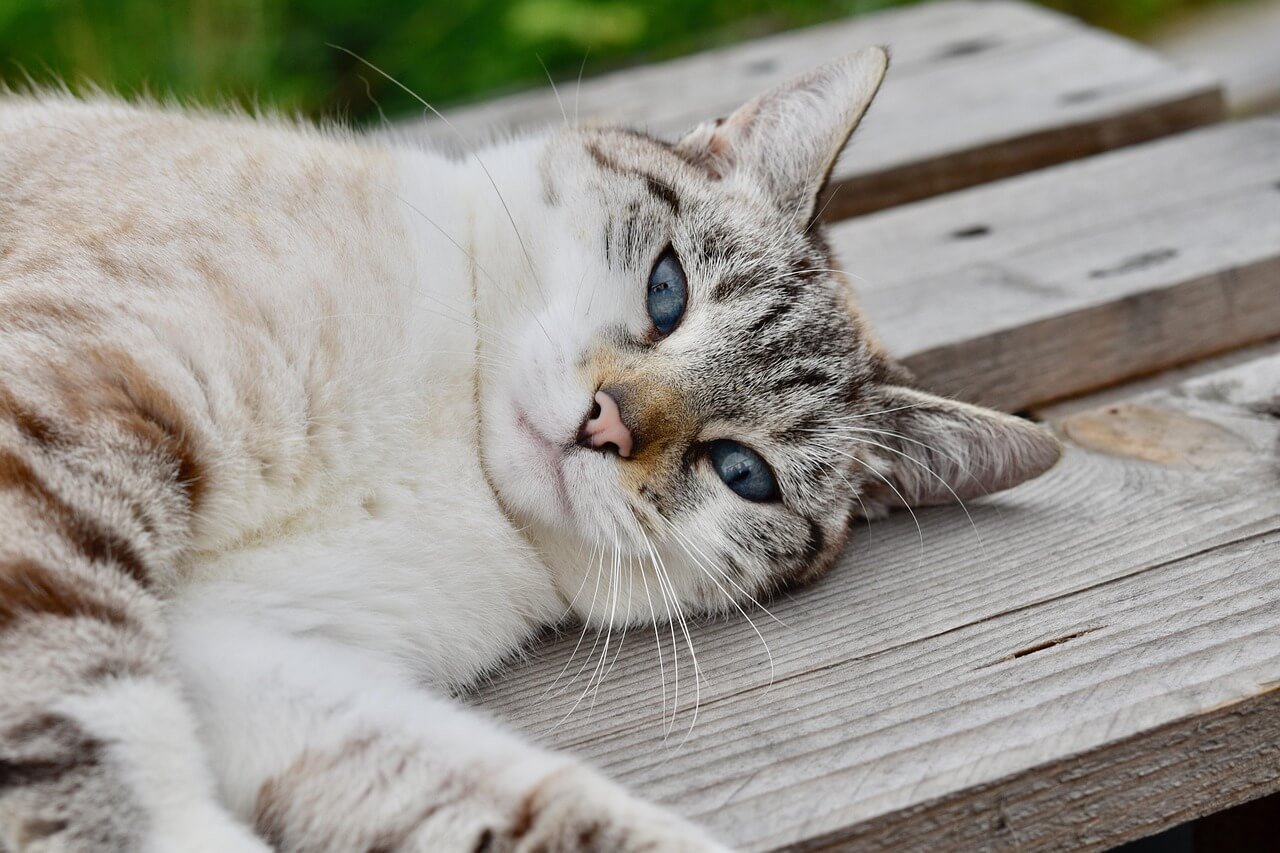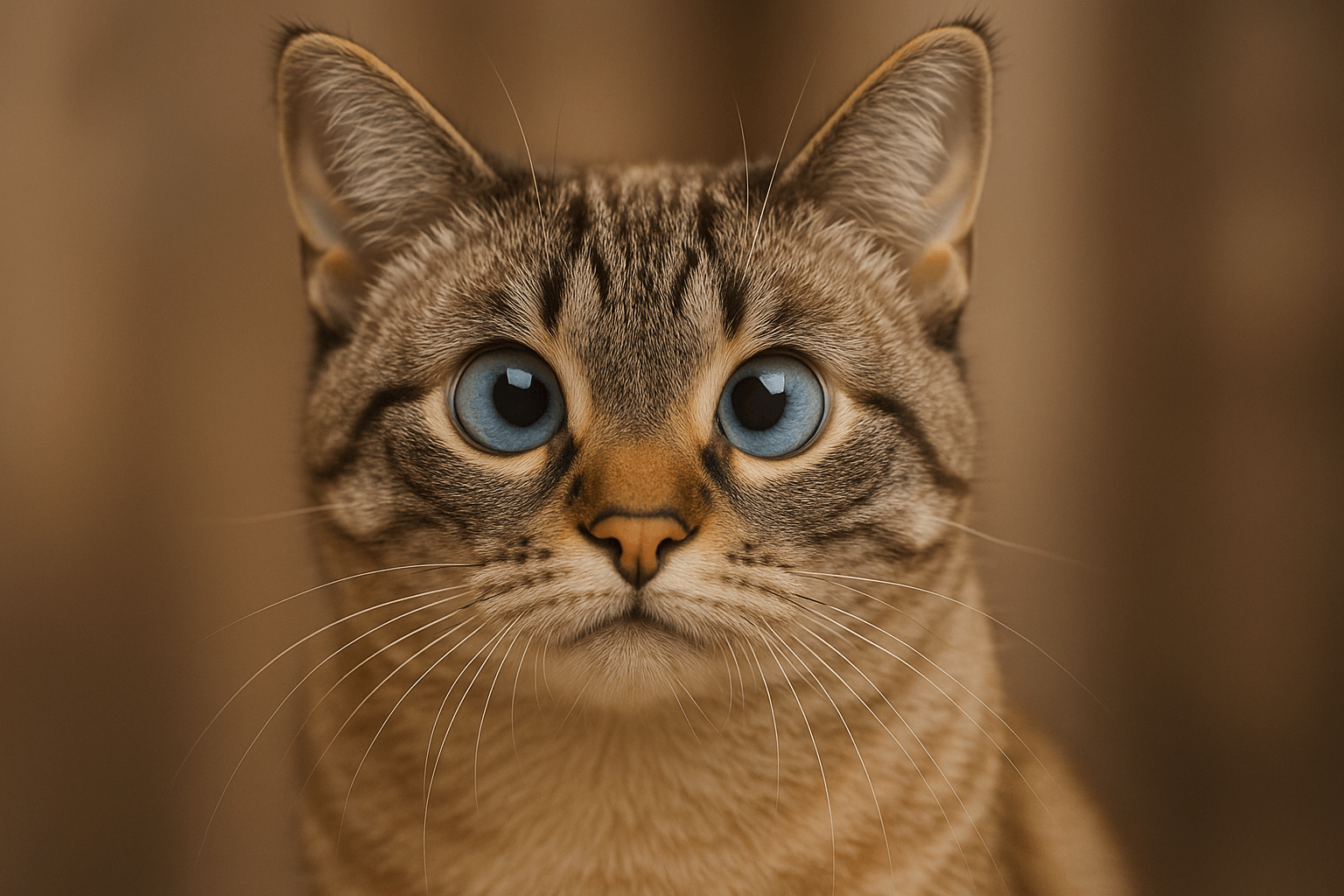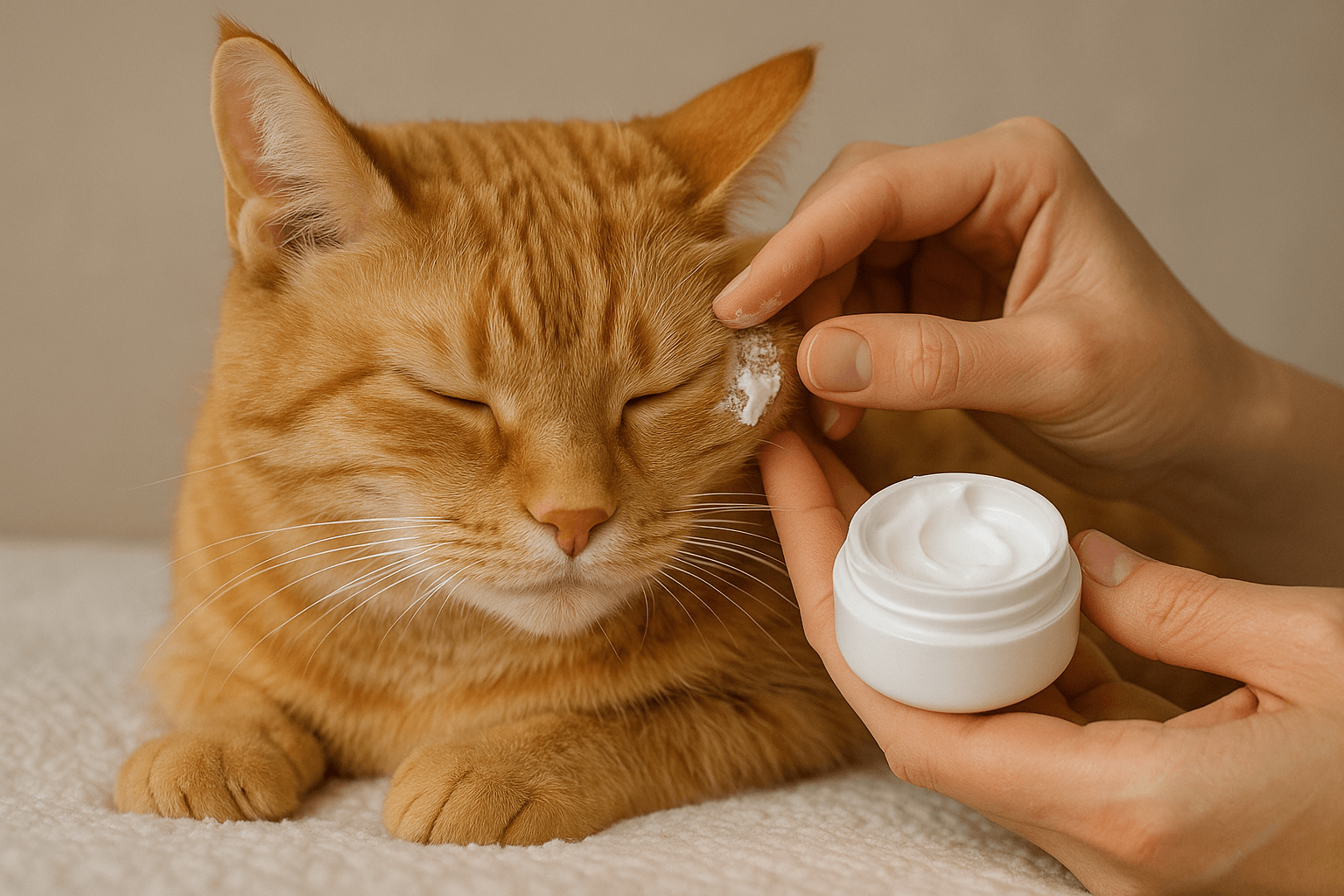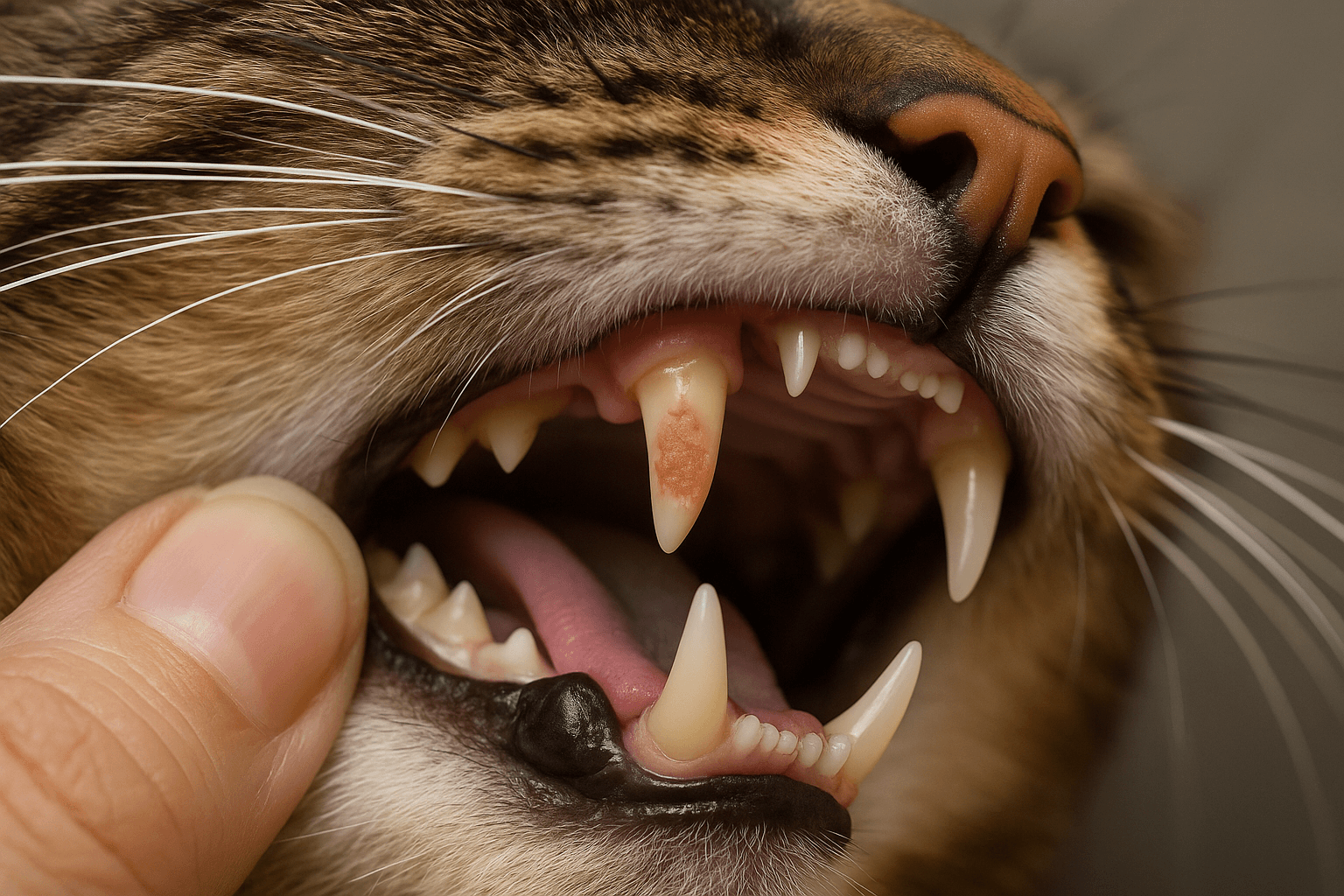Understanding the Cost of Cat Diabetes Treatment
Diabetes in cats is a growing concern among pet owners, and managing this condition can be both emotionally and financially challenging. One of the most common questions that arises is, “How much does cat diabetes treatment cost?” While the expense varies depending on factors like the severity of the condition, the type of treatment, and your location, understanding the financial aspects of diabetes care is crucial for ensuring your feline friend receives the best possible support. In this blog post, we’ll explore the costs associated with treating cat diabetes, break down the expenses, and provide practical tips to manage them effectively. Let’s dive into the details and empower you to make informed decisions about your cat’s health.
Factors That Influence the Cost of Cat Diabetes Treatment
The cost of treating diabetes in cats can vary significantly based on several factors. Understanding these variables can help you anticipate expenses and plan accordingly. Here are some key elements that influence the overall cost:
Type of Diabetes
Cats typically develop Type 2 diabetes, which may require insulin therapy, dietary changes, or weight management. The type of diabetes will dictate the treatment approach and associated costs.Severity of the Condition
Early-stage diabetes is often easier and less expensive to manage than advanced cases that may require intensive care or hospitalization.Veterinary Fees
The cost of veterinary consultations, diagnostics, and follow-up visits can vary widely depending on your location and the clinic’s pricing structure.Insulin and Medication Costs
Insulin is a cornerstone of diabetes treatment, and its price depends on the type prescribed, dosage, and frequency of administration.Monitoring Supplies
Blood glucose monitors, test strips, and other monitoring tools add to the ongoing costs of managing diabetes in cats.
By understanding these factors, you can better prepare for the financial commitment involved in treating your cat’s diabetes. Early diagnosis and proactive management can also help reduce long-term expenses.
Breakdown of Common Expenses for Cat Diabetes Treatment
Managing diabetes in cats involves various costs, from initial diagnosis to ongoing care. Here’s a detailed breakdown of the typical expenses you might encounter:
Diagnostic Tests
Initial blood tests, urinalysis, and other diagnostic procedures can cost between $100 and $300, depending on the complexity of the tests.Insulin Therapy
Monthly insulin costs range from $20 to $100, depending on the type and dosage required for your cat’s specific needs.Syringes and Needles
Insulin administration requires specialized syringes, which may cost around $10 to $20 per month.Dietary Changes
Prescription diets or high-quality food tailored for diabetic cats can cost $50 to $100 per month.Regular Vet Visits
Follow-up appointments for monitoring and adjusting treatment plans may cost $50 to $150 per visit, depending on the clinic.
These expenses highlight the importance of planning for both upfront and recurring costs. While the financial burden can be significant, proper management can improve your cat’s quality of life and potentially reduce complications over time.
Check this guide 👉Understanding Cat Bloodwork Costs: Best 7 Health Tips!
Check this guide 👉Understanding Cat Blood Types: Best 7 Health Tips!
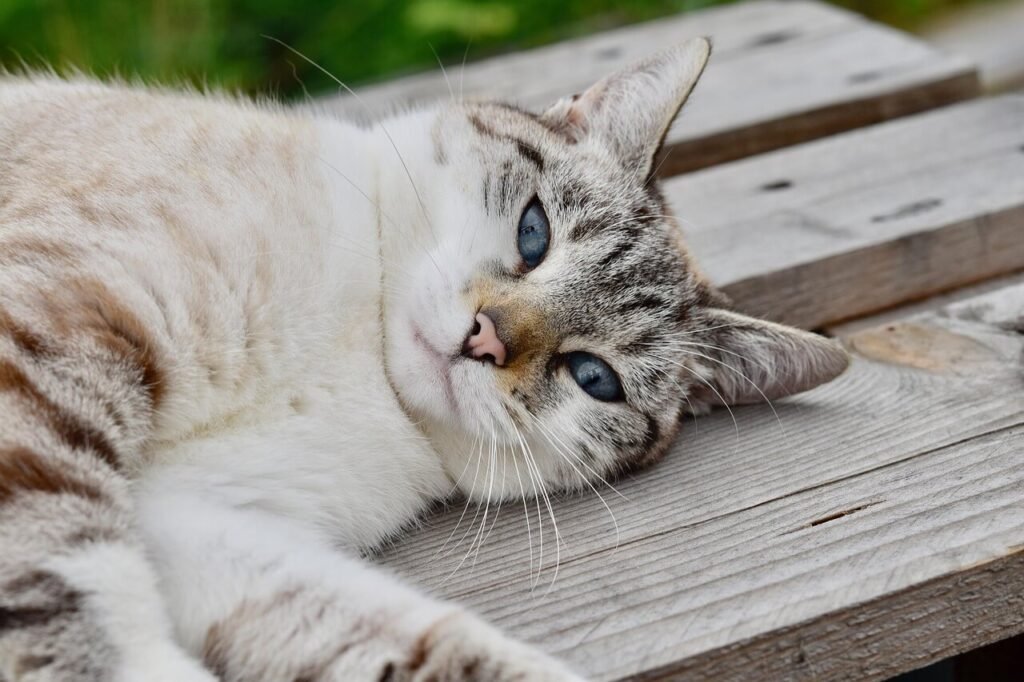
One-Time Costs | Recurring Monthly Costs |
|---|---|
Diagnostic tests ($100–$300) | Insulin ($20–$100) |
Initial vet consultation ($50–$150) | Syringes and needles ($10–$20) |
Blood glucose monitor ($50–$100) | Prescription diet ($50–$100) |
Hospitalization (if needed) | Follow-up vet visits ($50–$150) |
Educational materials | Monitoring supplies (varies) |
Tips to Manage the Cost of Cat Diabetes Treatment
While treating diabetes in cats can be costly, there are ways to manage expenses without compromising your pet’s care. Here are some practical tips to help you save money while ensuring your cat receives the best treatment:
Shop Around for Veterinary Care
Compare prices at different clinics or consider using low-cost veterinary services for routine check-ups and diagnostics.Use Generic Medications
Ask your vet if generic insulin or medications are available, as they are often more affordable than brand-name options.Invest in Preventive Care
Regular vet visits and early detection can prevent complications that lead to higher medical costs down the line.Purchase Supplies in Bulk
Buying syringes, test strips, or prescription food in larger quantities can often reduce costs over time.Explore Pet Insurance Options
Pet insurance plans that cover chronic conditions like diabetes can significantly offset long-term expenses.
By implementing these strategies, you can reduce the financial strain of managing your cat’s diabetes while still providing excellent care.
Signs That Your Cat’s Diabetes Treatment Is Working
Monitoring your cat’s response to diabetes treatment is essential for ensuring their health improves over time. Here are some positive signs that indicate the treatment is effective:
Stable Blood Glucose Levels
Consistent blood sugar readings within the target range suggest that the treatment plan is working well.Increased Energy
A noticeable improvement in your cat’s energy levels and activity is a good sign of better health.Improved Appetite
If your cat begins eating regularly and shows interest in food, it may indicate stabilized blood sugar levels.Weight Management
Achieving and maintaining a healthy weight is a key indicator of successful diabetes management.Reduced Thirst and Urination
Excessive thirst and frequent urination often decrease as blood sugar levels become more controlled.
These signs demonstrate that your efforts are paying off. However, always consult your vet if you notice any concerning changes in your cat’s condition.
Common Misconceptions About Cat Diabetes Treatment Costs
There are several misconceptions about the costs associated with treating diabetes in cats. These myths can lead to unnecessary stress or poor decision-making. Here are some common misconceptions and the truth behind them:
Myth: Treating diabetes in cats is prohibitively expensive for most pet owners.
In reality, while costs can add up, there are affordable options like generic medications, low-cost clinics, and pet insurance to help manage expenses.Myth: Insulin is the only treatment option for diabetic cats.
While insulin is a cornerstone of treatment, dietary changes and weight management can sometimes reduce or eliminate the need for insulin.Myth: Once diagnosed, a cat’s quality of life will drastically decline.
With proper care and treatment, many diabetic cats live happy, active lives and maintain a good quality of life.Myth: Pet insurance won’t cover pre-existing conditions like diabetes.
Some insurance plans do cover chronic conditions if purchased before symptoms appear, so it’s worth exploring early.Myth: You need expensive equipment to monitor your cat’s blood sugar at home.
Basic monitoring tools are often affordable, and regular vet visits can supplement at-home care.
By understanding the facts, you can approach diabetes treatment with confidence and avoid falling for common myths.
Ways to Support Your Diabetic Cat Beyond Medical Treatment
Managing diabetes in cats involves more than just medical interventions. Providing holistic support can improve their overall well-being and complement their treatment plan. Here are some ways to support your diabetic cat:
Create a Stress-Free Environment
Minimize stressors like loud noises or frequent changes in routine, as stress can impact blood sugar levels.Encourage Gentle Exercise
Engage your cat in light play to help maintain a healthy weight and improve insulin sensitivity.Stick to a Consistent Feeding Schedule
Feeding your cat at the same times each day helps regulate blood sugar levels and supports insulin therapy.Monitor Behavioral Changes
Keep an eye on your cat’s behavior, appetite, and energy levels to detect any issues early.Provide Comfortable Resting Spaces
Ensure your cat has cozy, accessible spots to rest and relax, which can reduce stress and promote healing.
By incorporating these practices, you can enhance your cat’s quality of life and create a supportive environment for managing their condition.
Fun Facts About Cats and Diabetes
Diabetes in cats may seem daunting, but learning more about this condition can help you approach it with a positive mindset. Here are some interesting facts about cats and diabetes:
Cats Can Achieve Remission
Unlike humans, some diabetic cats can achieve remission with proper diet and weight management, no longer requiring insulin.Obesity Is a Major Risk Factor
Overweight cats are at a higher risk of developing diabetes, highlighting the importance of maintaining a healthy weight.Certain Breeds Are More Prone
Breeds like Burmese cats have a genetic predisposition to diabetes, making regular check-ups essential for early detection.Diet Plays a Crucial Role
High-protein, low-carbohydrate diets are often recommended for diabetic cats to help stabilize blood sugar levels.Cats Can Live Long Lives with Diabetes
With proper care, many diabetic cats live for years after diagnosis, enjoying a good quality of life.
These fun facts highlight the resilience of cats and the importance of proactive care. Understanding their unique needs can inspire hope and strengthen your commitment to their health.
Frequently Asked Questions About Cat Diabetes Treatment Costs
How much does it cost to treat diabetes in cats annually?
Annual costs typically range from $500 to $2,000, depending on the treatment plan and recurring expenses.
Is insulin expensive for cats?
Monthly insulin costs range from $20 to $100, depending on the type and dosage prescribed.
Can I use human insulin for my cat?
Some types of human insulin can be used, but only under veterinary supervision.
Does pet insurance cover diabetes treatment?
Many pet insurance plans cover diabetes treatment, but coverage varies by provider and policy.
Are there alternatives to insulin for diabetic cats?
In some cases, dietary changes and weight management may reduce or eliminate the need for insulin, but this depends on the cat’s condition.
Investing in Your Cat’s Health: A Worthwhile Commitment
Treating diabetes in cats requires a combination of financial investment, dedication, and love. While the costs can seem daunting, the rewards of seeing your feline companion thrive are immeasurable. By understanding the expenses involved and exploring ways to manage them, you can provide your cat with the care they need to live a happy, healthy life. Remember, early intervention and consistent management are key to minimizing complications and reducing long-term costs. With the right approach, you can navigate the challenges of cat diabetes treatment and ensure your furry friend enjoys many more joyful years by your side.
Are Philodendrons Toxic to Cats? Best 7 Expert Tips! Discover if philodendrons are safe for cats, symptoms of poisoning, and expert advice to keep your feline friend healthy around houseplants.
Understanding Cat Strabismus: Best 7 Expert Tips! Discover causes, symptoms, and care tips for cats with strabismus. Learn how to support your feline friend’s unique eye condition effectively.
Cat Dry Skin Treatment: Best 7 Expert Tips! Discover effective remedies and expert advice to soothe your cat’s dry skin, restore their coat’s shine, and ensure lasting comfort with simple, actionable solutions.
Understanding Cat Tooth Resorption: Best 7 Expert Tips! Discover causes, symptoms, and treatment options to protect your cat’s dental health and ensure a pain-free life.

